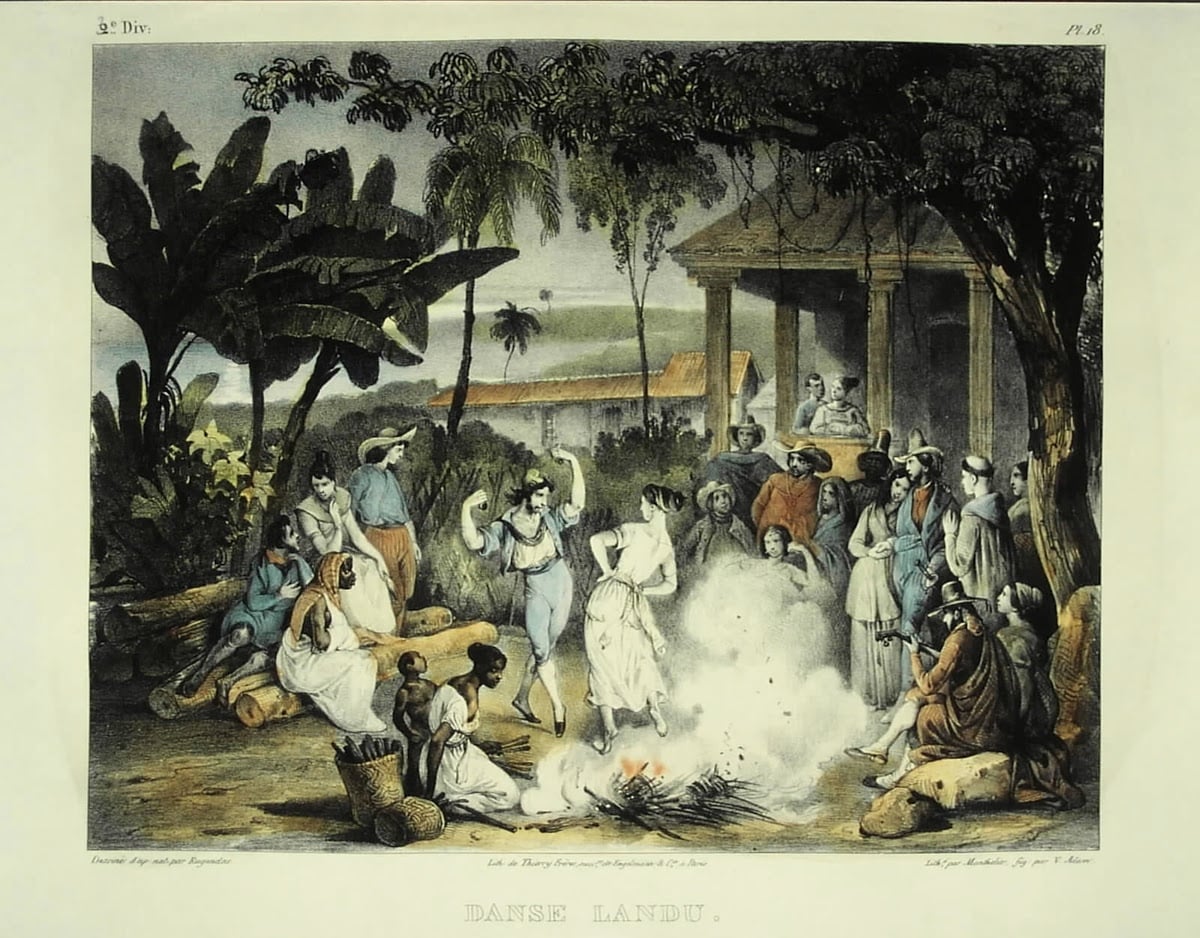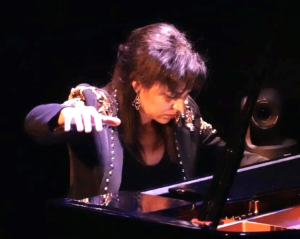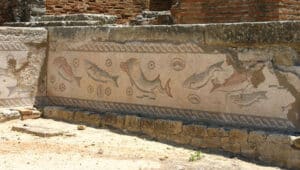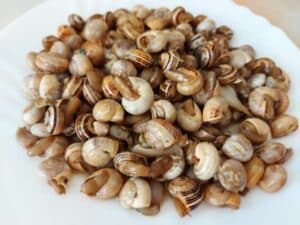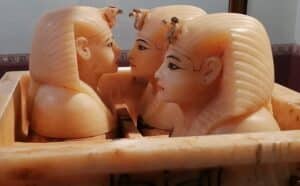“I am their slave and cannot endure the idea of quitting Portugal” – William Beckford
As with the Songs of the Auvergne (usually sung in the Basque language of Occitan), the Portuguese Love Songs have their roots in the agricultural 17th century society and share the same “earthy” and metaphysical descriptions of passions, be they saucy or sad, erudite or profane.
Entry into the 18th century saw the growth of Portuguese exploration and a massive movement of population to towns and to overseas dominions which brought new concepts of composition for the arts – especially music.
In the colonies of Brazil, there already existed the Lundu – a round dance with songs performed by African slaves and described as being of a “lascivious nature” – which led to a gradual fusion with the Portuguese genre.
This new form was carried to Portugal in 1763 by Domingos Caldas Barbosa who had been born in Rio de Janeiro in 1739 as the son of a Portuguese bailiff of the royal estates and an Angolan mother.
After studying at Coimbra university, he entered Lisbon society as a worldly soldier-priest gifted as both a poet and a musician of the viola. He introduced the modinha-lundu as a respectable new style to be performed at royal and bourgeois soirées.
The consequent widespread popularity resulted in the publication in Lisbon of the Jornal de Modinhas between 1792 and 1796, which also circulated in France, England and Italy with contributions being made by some European musicians.
In October 1787, the wealthy (but wayward) frequent visitor William Beckford described the modinhas in his journal as being “the most voluptuous and bewitching music which consists of languid interrupted measures as if the breath was gone in excess of rapture; and the soul panting to fly out of you and incorporate itself with the beloved object. I am their slave and cannot endure the idea of quitting Portugal”.
In 1807, the threatened Napoleonic invasion resulted in the movement of the entire Royal Court to Rio de Janeiro from where the government of Portugal was exercised until 1821.
There they were joined in 1811 by Marcos Portugal who was probably the best-known Portuguese composer of that time having previously earned a reputation for having written more than 20 comic-operas for performance at La Scala in Milan and other theatres in Venice and Florence.
This Italian influence was inevitably fused with the Brazilian modinhas in compositions such as ‘A Saloia Namorada’ and the serenatas for royal weddings.
As the 19th century progressed, the international popularity of Portuguese Songs of Love resulted in imitations of the works of composers such as Mozart, Rossini and Beethoven being inserted in arias.
For example, ‘Você Trata Amor em Brinco’ by Marcos Portugal is said to owe much to ‘The Magic Flute’! This “impurity” brought criticism from conservative musicians and, as the 19th century progressed, performances in Portugal waned in popularity.
However, the Brazilian modinha continues to this day even though the pressures of modern media have caused adaptations and nuances to the original forms.
Recordings of the modinhas, both Portuguese and Brazilian, are not in abundance but some of the specialist distributors of classical music provide listings which can be bought as either CDs or downloaded in the MP3 format.
|| features@portugalresident.com
Roberto Cavaleiro first came to Portugal in 1982, acting as advisor to international investors. Current interests include animal welfare and writing opinion articles, especially with reference to environmental issues.

